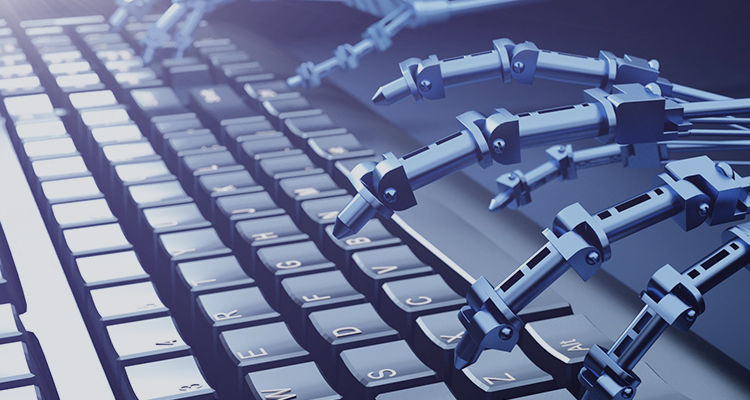PCB was born in 1936. The United States used this technology in military radios in 1943. Since the mid-1950s, PCB technology has been widely adopted. At present, PCB has become the "mother of electronic products", and its applications have penetrated into almost all terminal fields of the electronics industry, including computers, communications, consumer electronics, industrial control, medical instruments, defense military, aerospace and many other fields. The following is a detailed explanation of the PCB design process organized by the PCB Academy of Stariver Group.
1. Preliminary preparation of PCB design
Including the preparation of component libraries and schematics. Before PCB design, we must first prepare the schematic SCH component library and PCB component packaging library.The PCB component packaging library is best established by engineers based on the standard size data of the selected device. In principle, first build a PC component packaging library, and then create a schematic SCH component library.
The PCB component package library has higher requirements, which directly affects the installation of the PCB; the schematic SCH component library requirements are relatively loose, but pay attention to defining the pin attributes and the corresponding relationship with the PCB component package library.
2. PCB structure design
According to the determined circuit board size and various mechanical positioning, draw the PCB board frame in the PCB design environment, and place the required connectors, buttons/switches, screw holes, assembly holes, etc. according to the positioning requirements.Fully consider and determine the wiring area and non-wiring area (such as how much range around the screw hole belongs to the non-wiring area).
3. PCB layout design
Layout design is to place devices in the PCB board frame according to the design requirements. Generate the netlist (Design→Create Netlist) in the schematic tool, and then import the netlist (Design→Import Netlist) in the PCB software. After the network table is successfully imported, it will exist in the software background. Through the Placement operation, all devices can be called out, and there are flying leads between each pin to prompt the connection. At this time, the device can be layout designed.PCB layout design is the first important process in the entire PCB design process. The more complex the PCB board, the better and worse the layout will directly affect the difficulty of later wiring implementation.
The layout design relies on the circuit board designer's circuit foundation skills and design experience richness, which is a higher level requirement for the circuit board designer. The junior circuit board designer's experience is still shallow, suitable for small module layout design or PCB layout design tasks with low difficulty of the entire board.
4. Circuit design
PCB wiring design is the process with the largest workload in the entire PCB design, which directly affects the performance of the PCB board.In the PCB design process, there are generally three levels of wiring:
The first is Putong, which is the most basic entry requirement for PCB design;
The second is the satisfaction of electrical performance, which is a standard to measure whether a PCB board is qualified. After the wiring is routed, carefully adjust the wiring to achieve the best electrical performance;
Once again, it is neat and beautiful, messy wiring, even if the electrical performance is over, it will bring great inconvenience to the later board optimization and testing and maintenance. The wiring requirements are neat and can not be criss-cross.
5. PCB layout optimization and screen printing placement
"PCB design is a flawed art", this is mainly because PCB design to achieve all aspects of hardware design requirements, and individual requirements may conflict, fish and Bear paws can't have both.For example: a PCB design project needs to be designed as a 6-layer board after evaluation by a circuit board designer, but the product hardware must be designed as a 4-layer board due to cost considerations, so only the signal shielding ground layer can be sacrificed, resulting in adjacent wiring Signal crosstalk between layers increases and signal quality decreases.
The general design experience is that the time for optimizing wiring is twice the time for initial wiring. After the PCB wiring optimization is completed, post-processing is required. The first thing to deal with is the silk-screen logo on the PCB board. The bottom-layer silk-screen characters need to be mirrored during design to avoid confusion with the top-level silk-screen.
6. Network DRC inspection and structural inspection
Quality control is an important part of the PCB design process. General quality control methods include: design self-inspection, design mutual inspection, expert review meeting, special inspection, etc.Schematic diagram and structural element diagram are the most basic design requirements. Network DRC inspection and structural inspection are to confirm that the PCB design meets the two input conditions of schematic netlist and structural element diagram.
Generally, circuit board designers will have their own accumulated design quality check checklist, where the entries are partly from the company or department's specifications, and the other part is from their own experience summary. Special inspections include design Valor inspection and DFM inspection. These two parts focus on PCB design output back-end processing light drawing files.
7. PCB production
Before the PCB is officially produced, the circuit board designer needs to communicate with the PE of the PCB A supplier board factory to answer the manufacturer's confirmation questions about the PCB board processing.This includes, but is not limited to: selection of PCB sheet type, adjustment of line width and spacing of line layers, adjustment of impedance control, adjustment of PCB stack thickness, surface treatment processing technology, aperture tolerance control and delivery standards, etc.


